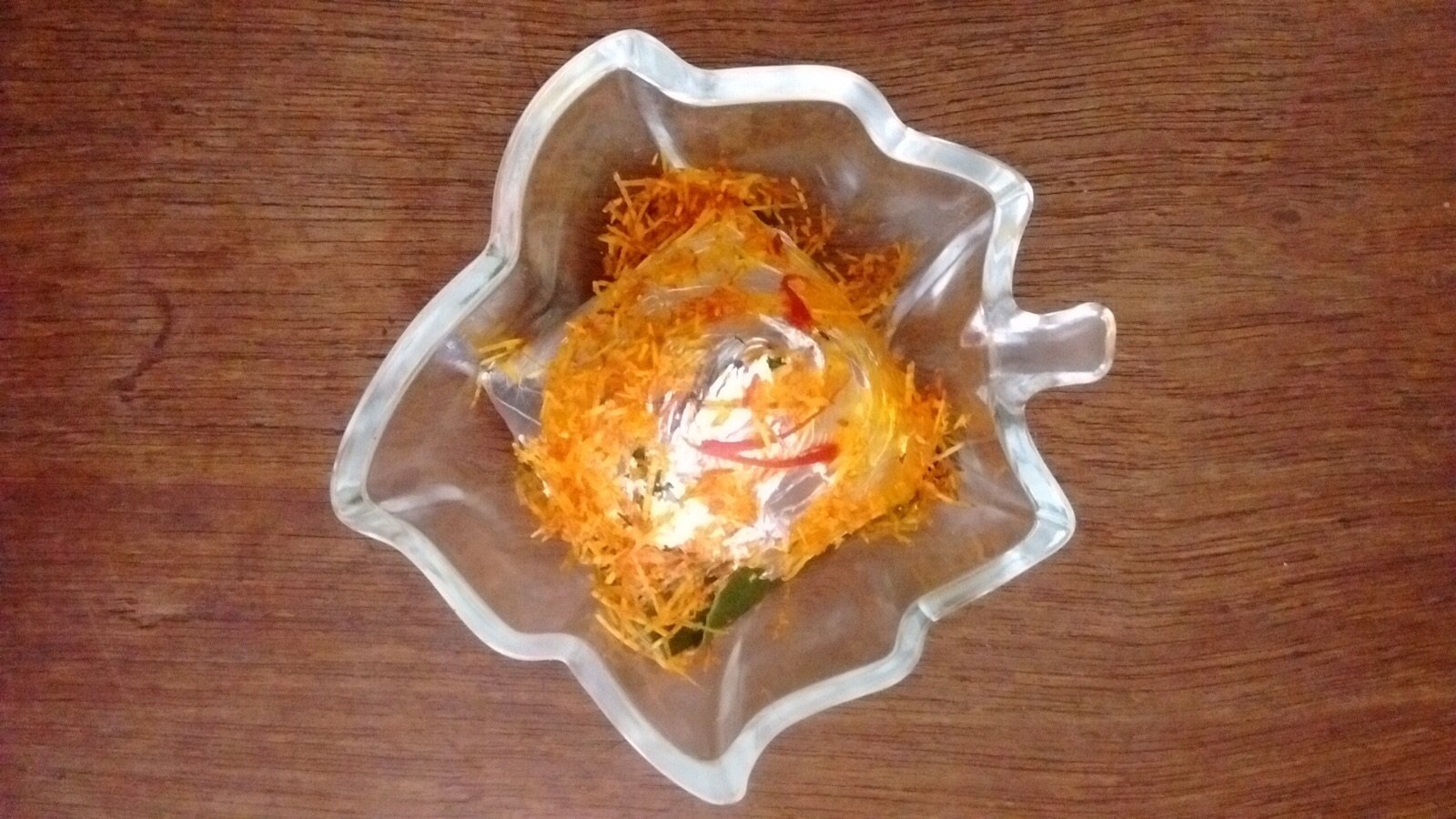About Paan
Paan: A paan in India is a mouth freshener after a heavy meal. It helps digestion, and thus has a reason to eat it.
The paan is consists of chewing a combination of shavings of the areca nut, rose petal jam, lime (edible calcium carbonate), Cardamom, Camphor, Roasted fennel seeds, Nutmeg, Anise seeds, Licorice, Almond Cashew, Pistachio, fruit preserves and Katha (a paste derived from the wood of the acacia tree), according to the eater’s personal preferences, all rolled in a betel leaf. On special orders, chewing tobacco is also added.
In the Indian Subcontinent chewing of betel leaf and areca nut dates back to 2600 BC. Formerly it was a custom of the royalty, and lovers because of its breath-freshening and relaxant properties.
While a paan has a symbolic value at ceremonies and cultural events in India, day-to-day use is as a palate cleanser and breath freshener after a meal, and also often offered to guests and visitors as a sign of hospitality.
But the paan is much more than a digestive aid. It has its place in literature, sacred ceremonies, poems and of course, Bollywood. It is one of the few instances where a small corner stall, with one bright naked light-bulb, walls plastered by garish pictures of the current Bollywood heartthrob, trumps the most elegant and sophisticated of dinning restaurants, where Armani clad men with their French chiffon sareed companions jostle with the hoi-polloi of India.
A poet from Bengal, Mukhya Charan Bhattacharya, lauded the paan:
She lives indoors but is not a woman
Not sought by the young but adored by the old
She is a temptress like a fire-fly
Fools will not interpret this and will remain confused
Soft, discreet, delicate yet alluring.
Depending on where you are, you may need to know the etiquette of both eating and serving: If a paan leaf is eaten with its stalk, it will bring sorrow. Chewing it with the mid-vein, could lose your head. Bite and throw away the tip of the leaf or else you may be committing a grave sin.
A paan is never used in a sacrificial fire. Mythology has even numbered the exact leaves each God prefers: Vishnu, for example, has exactly 32 leaves, not one more or less. And obviously, no one wishes to annoys the Gods, so care is taken that each leaf is clean, moist, stem less and without a tear.
For lesser mortals, the heart-shaped leaf symbolizes love at its best. When a marriage is finalized in Bengal, the families of the bride and groom exchange decorated brass containers topped with paan leaves and condiments as a goodwill gesture, a commitment to an everlasting bond. And as love grows and matures, the woman ends up not only seasoning the paan but feeding it to her man by hand.



